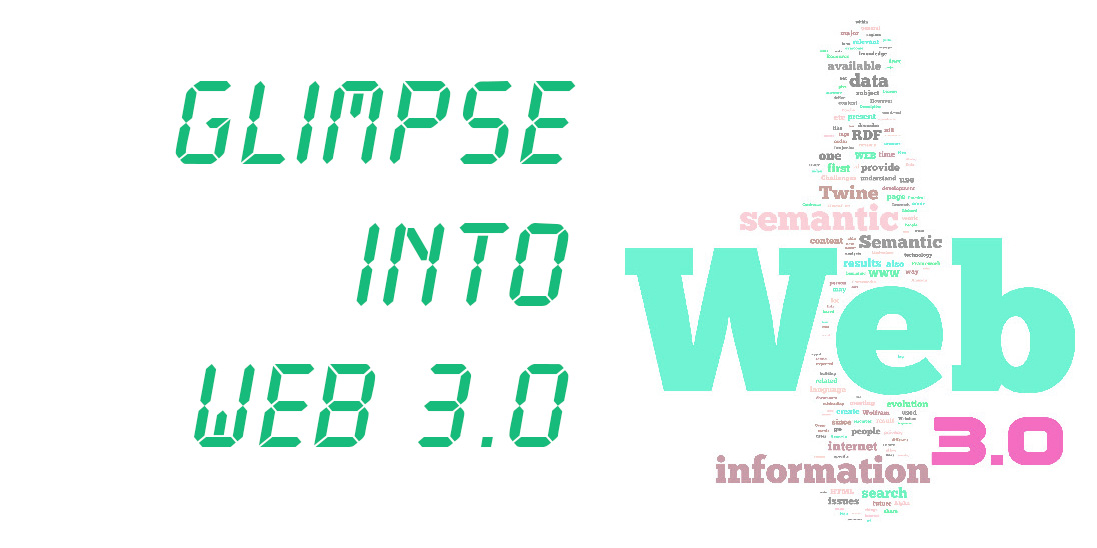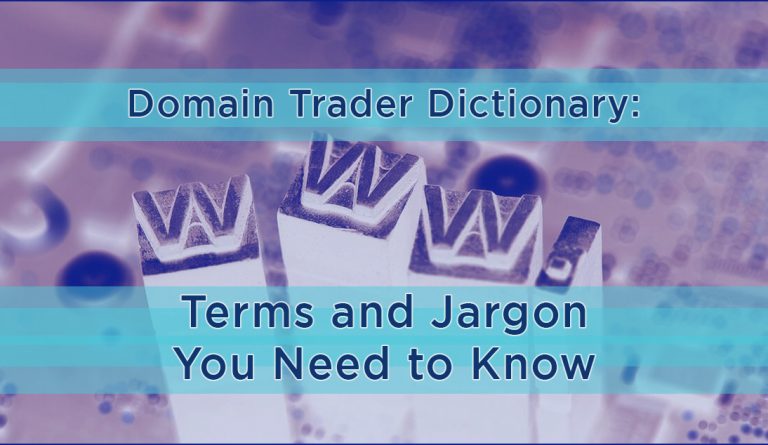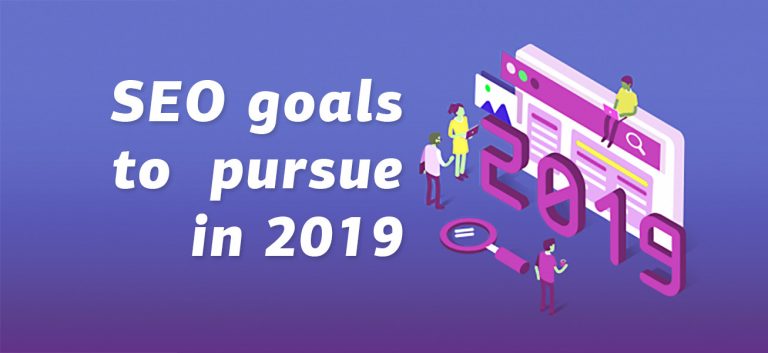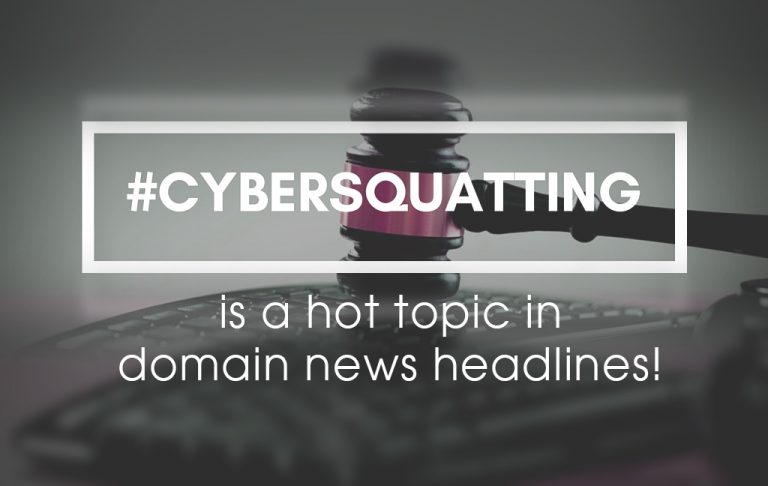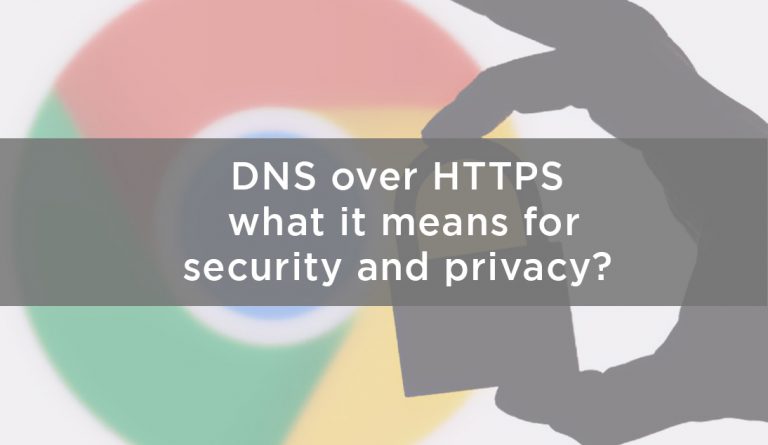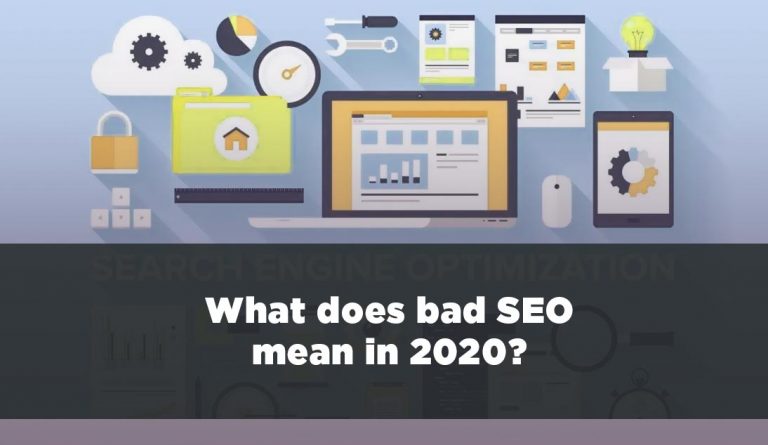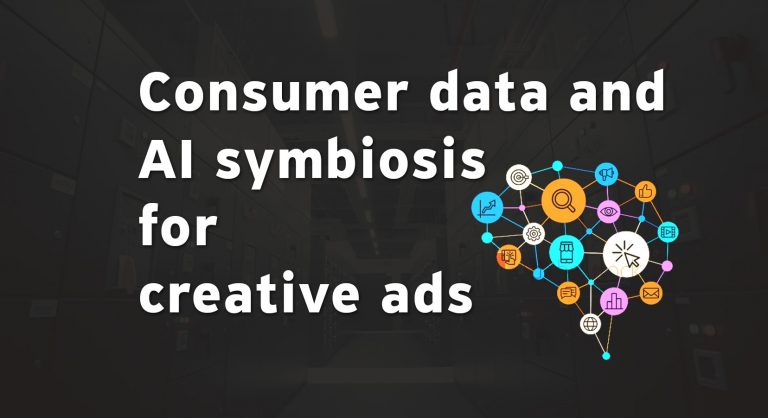Glimpse into Web 3.0
The end of the year is an emotional time when people review the year that is almost behind them and form expectations for the next one that is coming. While kids may be expecting presents, techies and website developers expect technologies that bring changes and innovation. Among one of the most intriguing “coined” tech trends that is the Web 3.0 and what it brings.
Before we discuss it, first we must define and differentiate previous categories and add a few website examples.
A “Web 1.0” website is one that only allows the visitor to view website content. That was the internet in the beginning when visitors could only consume website content that website owner companies presented. Websites then were basically a kind of company presentations. The exception to this rule is Forum pages and websites which have survived to this day.
Basically, any website which does not allow significant user interaction is a Web 1.0 website.
Web 2.0 websites are the ones that enabled visitors to create content which is then consumed by other visitors. Such websites are YouTube, Wikipedia, Pinterest … etc.
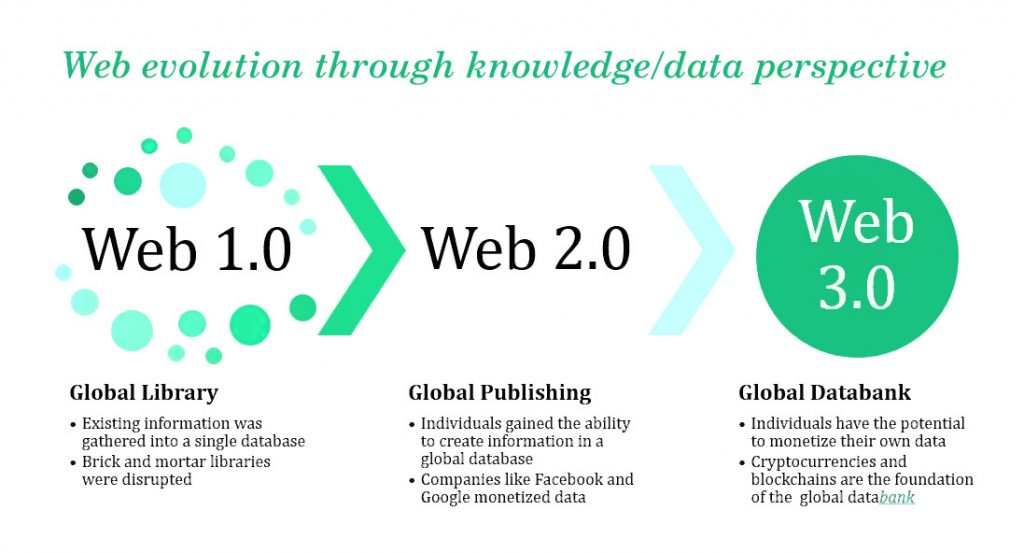
Finally, Web 3.0 websites should open new horizons in website user interaction but also fundamental change with how developers create websites. The reason why I say “should” is because there is no firm definition for Web 3.0 at the moment.
Computer scientists and internet experts who work on it are propagating artificial-intelligence-like search functions that will better understand the context of user search and make the better online experience. These “smarter websites” should improve people “online lives”. Because the technology is still being developed all that can be said is that it will bring the further shift in how we create and interact with websites.
While I can not name a website as 100% sure Web 3.0 website, I can make a good example. I would recommend you take a look at the WordPress next step that is called Gutenberg. WordPress was imagined as a content-management-system which offers what-you-see-is-what-you-get (WYSIWYG) website building. This WYSIWYG concept is not fully realized but people at WordPress are working toward it and Gutenberg is one step closer to it.
Once WordPress platform achieves full WYSIWYG, where you can interact directly with website content present on the screen, I would imagine we can say it has evolved to Web 3.0.
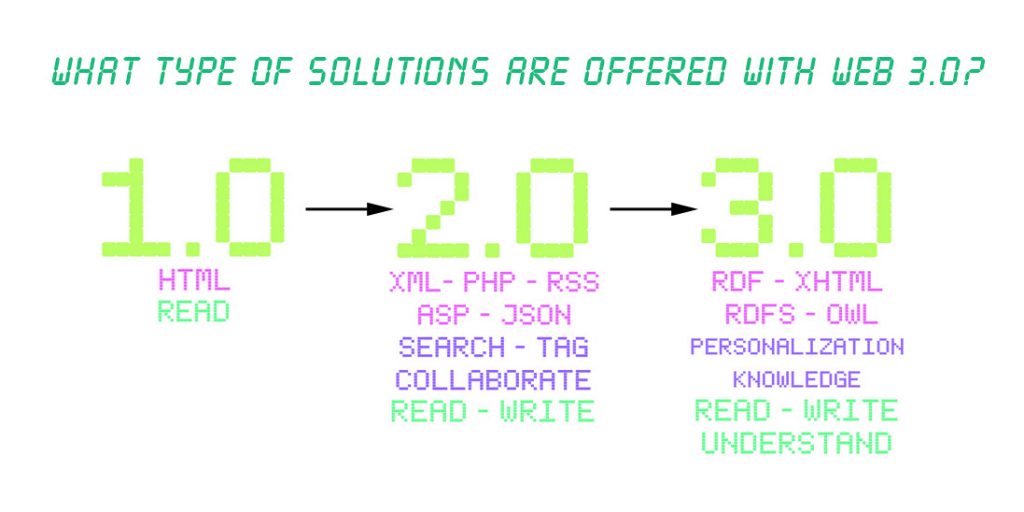
A number of developer conferences this year actively promoted Progressive Web Applications (PWA). Active promotion for PWA was at the focus of Google and other companies. Being responsive and adaptive to any kind of device regardless of manufacturer, indeed they seem to be the right step forward and toward Web 3.0.
Web 3.0 will be more. If you own a smart air conditioning that connects to the web, and you are adjusting it on the way home, then you have already used IoT (Internet-of-things) part of the Web 3.0. Slow introduction for IoT devices can be attributed to lack of security and the risk of material damage or worse, but yes, at one moment it will become a part of Web 3.0.
Artificial intelligence is all but intertwined through current websites and applications which can give you recommendations, voice recognition, image enhancement and a plethora of cloud services that can be accessed through any kind of device, albeit desktop PC or a mobile device. Similar to different technologies and industries in the past, AI will remove the human factor in a number of website development steps (AI-made website themes and elements) while human role will prevail at overall management.
I would conclude that different technologies and solutions, already available or being developed, indicate that Web 3.0 is just around the corner and those among us with the keen innovator perspective may have spotted a glimpse of it.
